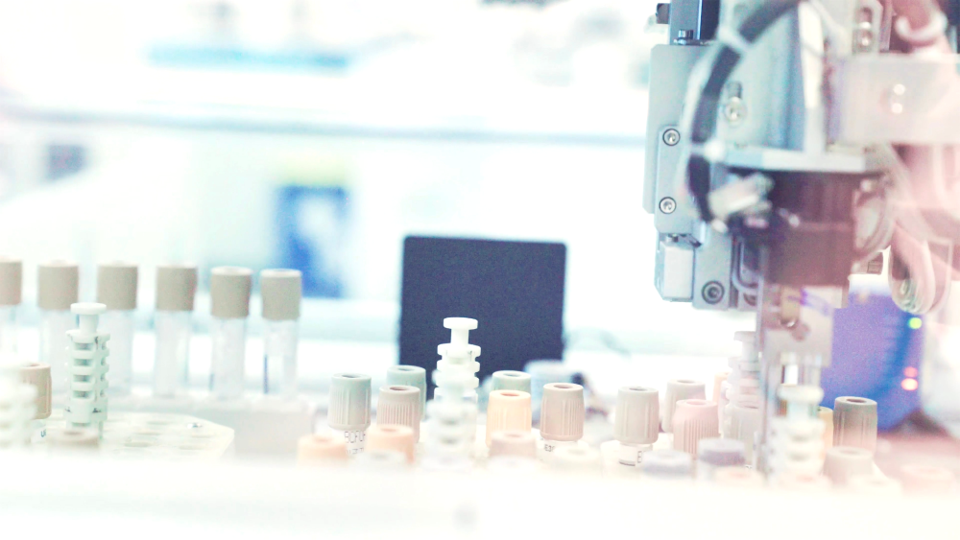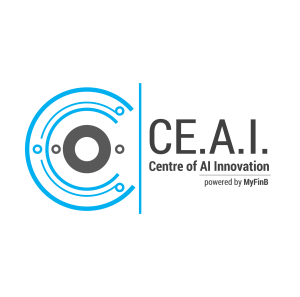Total Laboratory Automation (TLA) and Artificial Intelligence (AI) will transform the routine laboratory testing, explains Dr Barnali Das, MD, DNB, PGDHHM, who is a Consultant – Laboratory Medicine at Kokilaben Dhirubhai Ambani Hospital in Mumbai. She is also Chair at American Association of Clinical Chemistry (AACC) – India Section, and NABL Assessor.
Rapid changes in the diagnostic sector coupled with parallel advances in technology have stimulated the evolution of approaches for Total Laboratory Automation (TLA) and Artificial Intelligence (AI) and robotic elements in the routine laboratory process flow. These measures offer promise in streamlining the clinical laboratory process flow.
Laboratory journey may not always come with a planner and roadmap. The year 2020 has many twists and turns in the path, from daily challenges to a huge impact in the healthcare domain and world economy. The road ahead of 2021 is also not clear. No clear directive, no roadmap can be drawn in this uncertain time.
As unexpected and unprecedented healthcare need pushes cost burden onto hospital systems, laboratories are faced with budget constraints while managing demand for higher quality and competitive turnaround time (TAT). Efficiently managing these intensifying pressures is critical to the sustainability of laboratory management, and requires new strategies to reduce cost burden, while maintaining quality. The road map for laboratory medicine, involves strategies for harmonizing, communicating and integrating with all stakeholders, like, clinicians, diagnosticians and IVD industry, to formulate guidelines for assisting in correct measurement, diagnosis and management of diseases and reduce the cost burden, while maintaining quality. In this pandemic, processes need to be streamlined in Laboratory Medicine to ensure the provision of reliable and timely test results, appropriate alliance with the brain to brain loop, thus enhancing the quality of care and patient safety.
The implementation of AI, cloud computing, machine learning, adoption of paperless workflows is instrumental in the transformation of the laboratory, more specifically, influencing clinical validation, procedure efficiency, data handling, data analysis, and much more. AI helps in computing the risk stratification score of laboratory data and clinical data using an expert system and evidence based guidelines. Increasing cost containment pressures make the application of this technology highly approachable.
Thus, implementation of AI improves revenues, suggests patient specific next steps, tests utilization, improves quality, standardizes treatment protocols as per local and international guidelines, improves patient satisfaction, provides patient-specific interpretation and next steps, improves standardized care by flagging patients, applies risk algorithms and provides better interpretation.
Total Cost of Ownership (TCO) is a concept that can help laboratories and hospitals identify factors that drive increased costs, to identify the source of operational inefficiencies throughout your laboratory operations and improve productivity. The impact of direct and indirect costs on a laboratory’s budget can be significant, and proper management of these costs is crucial to making operational improvements.
The new laboratory business strategy is combining revenue generation with quality health care, through automation and AI. The concept of Lundberg loop, commonly known as the brain-to-brain loop for laboratory testing originates from the brain of the primary care physician who is involved in selecting the laboratory tests and ends in the final reporting of the test result to the ordering physician. There are pre-examination, examination and post-examination steps involved in the total process. It is important to manage the competing pressures of quality and cost for the sustainability of any laboratory, and also introduce novel approaches for reducing costs without sacrificing quality.
The impact of direct and indirect costs on a laboratory’s budget can be significant, and proper management of these costs is crucial for making operational improvements. By considering total laboratory automation, it is possible to have a remarkable impact on the performance of, and in turn, bring immense value to your health care institution.
The need is to pursue TLA in a laboratory, to improve laboratory process management, TAT and eliminate error in test results.
One needs to use current state value stream maps to identify opportunities in the laboratory process flow. This requires knowledge of tools like Project Charter, SIPOC (Suppliers, Inputs, Process, Outputs & Customers), CTQ (Critical to Quality) tree, VOC (Voice of Customer), and VOB (Voice of Business). TLA and AI help in achieving the above.
TLA can achieve the following:* Reduction of time-traps* Elimination of staff motion,* Elimination of unnecessary transportation* Elimination of Non-value-added (NVA) steps* Verifying the Business-value added (BVA) steps* Focusing on the value-added (VA) steps* Reduction of complexity in the workflow process* Decrease in error rates* Reduce the number of reruns* Enhancement of Turnaround time* Cost saving* Enhanced operational productivity & confidence, resulting in satisfaction of customers.
Therefore TLA fulfils the need of providing close attention to the workflow of the laboratory and ensures that accurate and precise results are reported in a clinically relevant turnaround time. Thus, Total lab automation promotes an environment emphasizing patient safety and quality patient care.
During the pandemic, though the pressure on healthcare professionals and systems is overwhelming as a result of the growing global burden, we have become stronger than before to fight the storm, to curtail the tail of pandemic and to get ready to fight any future pandemic.
Source: eHealth


